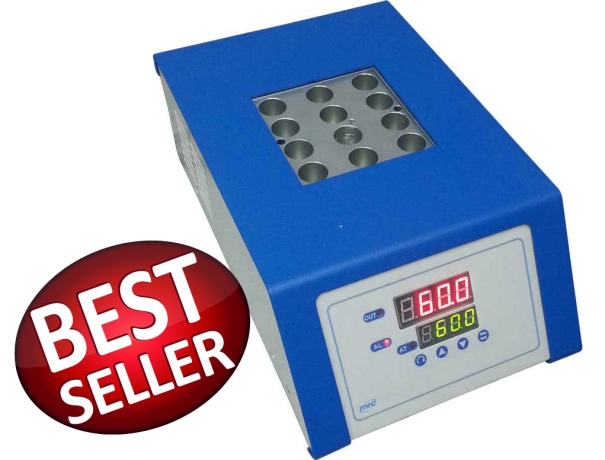Dry heating baths are essential tools used in various industries for heating substances without direct contact with a liquid medium. They offer precise temperature control and are widely utilized in laboratories, research facilities, and medical settings. In this article, we'll delve into the details of dry heating baths, including their working principles, types, advantages, applications, maintenance, safety precautions, and future trends.
What is a Dry Heating Bath?
A dry heating bath, also known as a dry block heater or dry bath incubator, is a laboratory Equipment used to heat samples in test tubes, vials, or other containers. Unlike water baths or oil baths, which use liquid as a heating medium, dry heating baths employ metal blocks or plates to conduct heat to the sample indirectly.
Applications in Different Industries
Dry heating baths find applications in various fields, including chemistry, biology, pharmaceuticals, and food testing. They are used for tasks such as sample preparation, enzyme reactions, DNA amplification, and incubation of cultures.
- Heating reagents and samples for chemical reactions.
- Melting and solidifying substances.
- Sterilizing equipment and glassware.
- Incubating cultures and microorganisms.
How Dry Heating Baths Work
Dry heating baths operate on the principle of conduction, where heat is transferred from the heating element to the metal block or plate, which then heats the sample indirectly. They typically consist of a heating element, a temperature controller, and interchangeable blocks or plates of different sizes to accommodate various sample vessels.
Advantages of Using Dry Heating Baths
Dry heating baths offer several advantages over other heating methods. They provide precise temperature control, uniform heating, and are less prone to contamination since there's no liquid involved. Additionally, they are often more compact and require less maintenance compared to water baths or oil baths.
Choosing the Right Dry Heating Bath
Choosing the right dry heating bath involves considering several factors to ensure it meets your specific needs and applications. Here are some key points to consider:
- Temperature Range: Ensure the dry heating bath offers the temperature range required for your experiments or processes. Some applications may require precise temperature control within a narrow range, while others may need a broader range.
- Temperature Uniformity: Look for a dry heating bath with good temperature uniformity across the entire heating surface. This ensures consistent heating and prevents hot spots that could affect your samples or reactions.
- Heating Rate: Consider the heating rate of the bath, especially if you need to reach high temperatures quickly or if your processes involve rapid temperature changes.
- Safety Features: Check for safety features such as overheat protection, automatic shutoff, and insulation to prevent accidents and protect your samples.
- Size and Capacity: Choose a dry heating bath that accommodates the size and number of samples you'll be working with. Ensure the bath's dimensions and capacity match your experimental requirements.
- Compatibility: If you're using specific containers or vessels for your experiments, make sure the dry heating bath is compatible with them in terms of size, shape, and material.
- Controls and User Interface: Consider the ease of use and functionality of the controls and user interface. Intuitive controls and clear displays can make operation more efficient and user-friendly.
- Durability and Build Quality: Invest in a dry heating bath made from durable materials with a robust construction. This ensures longevity and reliability, even with frequent use.
- Additional Features: Some of them come with additional features such as stirring capabilities, programmable temperature profiles, or connectivity options for data logging and remote monitoring. Assess whether these features are beneficial for your applications.
